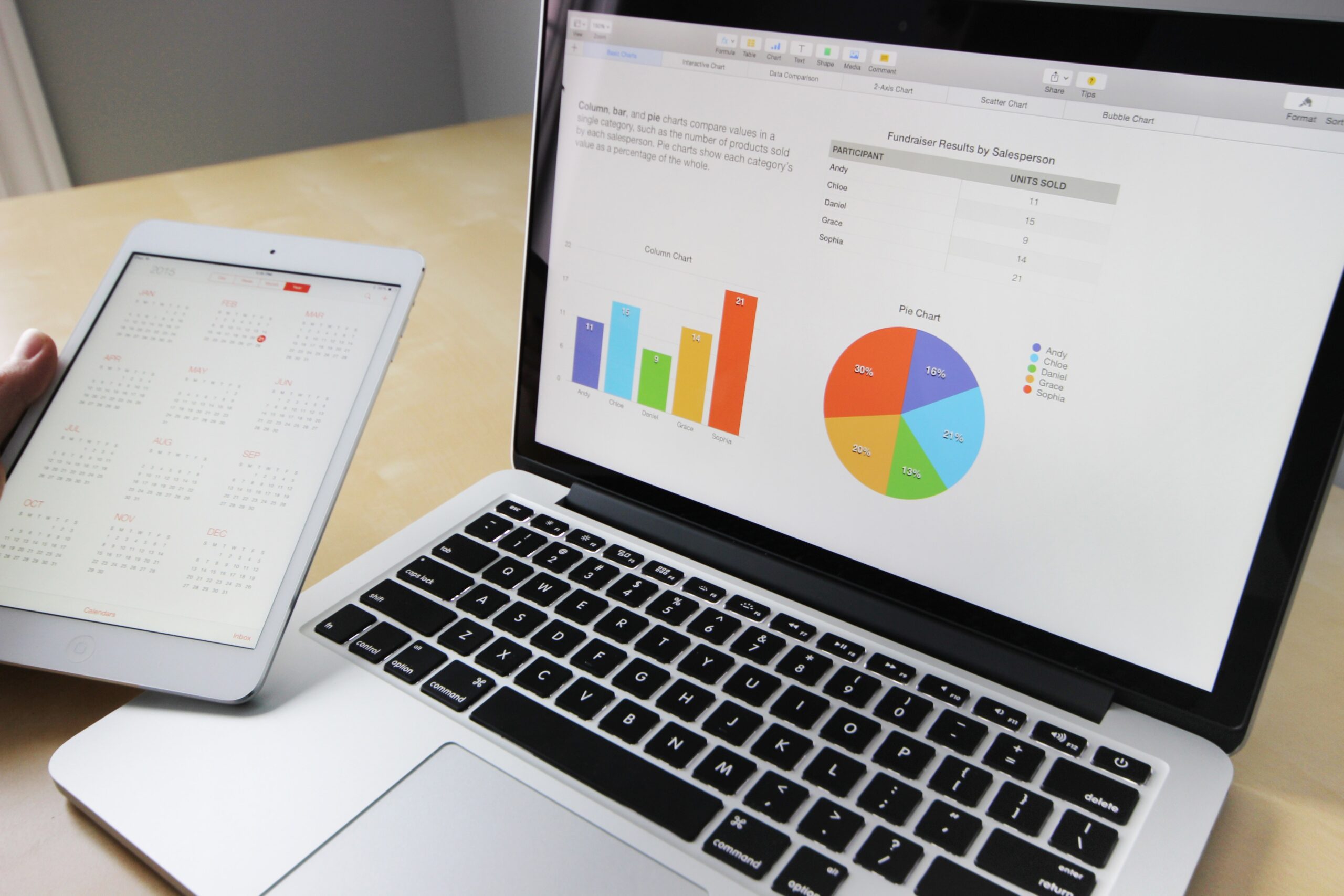It has been said that unless a person can explain a concept to a six-year-old, then he has not understood it. The terms like “capital market,” “money market,” “black market,” etc. get thrown around without a proper understanding of the basics of the terminology.
The connection between different types of government, the financial market, the black market, black money, and taxes
The government of a democratic country is elected by the people. The government of a country ruled by a monarchy has a hereditary chief of state. A communist government aims at providing a society which is devoid of segmenting people into different classes and almost abolishes private ownership. Most of the property is owned by the government on behalf of the people.
Under ideal circumstances, the government provides the people with infrastructure and basic and other specialised amenities for businesses and their citizens. The government usually charges citizens and business owners a part of their income as taxes as payment for the facilities provided by the government.
The government usually only allows legal businesses. Many citizens indulge in illegal businesses which are not accounted for. These businesses are part of the black market. Many businesses indulge in illegal offshore transactions, unaccounted for transactions, etc., in order to escape paying taxes. The profits from these transactions are unaccounted for and are usually called “black money.” Many business owners also keep part of their monetary transactions unaccounted for, and the money, profits, etc. generated from these transactions are also called black money.
The legal aspects of the market are the capital market and the money market.
The stock market and bond market are the most well-known parts of the capital markets. Capital. The common man can become a part-owner of a small, medium, or big company. The value of the stock that the person owns is proportional to the performance of the company.
The money market is the short-term term version of the capital market. The difference is that capital market stocks are floated by a company as part of a long-term strategy relating to an expansion plan. When there is a high demand for capital in the short term, the money market becomes very active. The banks are the biggest players in the money market and it caters to the working capital, etc., requirements of an organization. The money market provides a non-inflationary source of liquid funds on an immediate basis. Governments can also borrow from the money market by issuing treasury bills to raise short-term loans, which does not lead to any increase in prices.
video credit: XM
A capital market is a place where equities and debt securities are sold. The capital market deals with investments of all sizes. The long-term capital markets are the place where long-term, well-planned savings and investments are made. The retail and institutional sectors provide capital to businesses, services and the government.
The capital market can be further subdivided into primary and secondary capital markets. The primary market is where the investor buys a never-before-traded item directly from the issuer. Major corporate entities raise huge funds through this process of issuing new shares.
The secondary market is also called the aftermarket. Speculative investors buy the previously issued stocks and bonds from the previous buyer. The money market usually provides working capital finance, while the capital market leads to long-term high-value capital formation.






